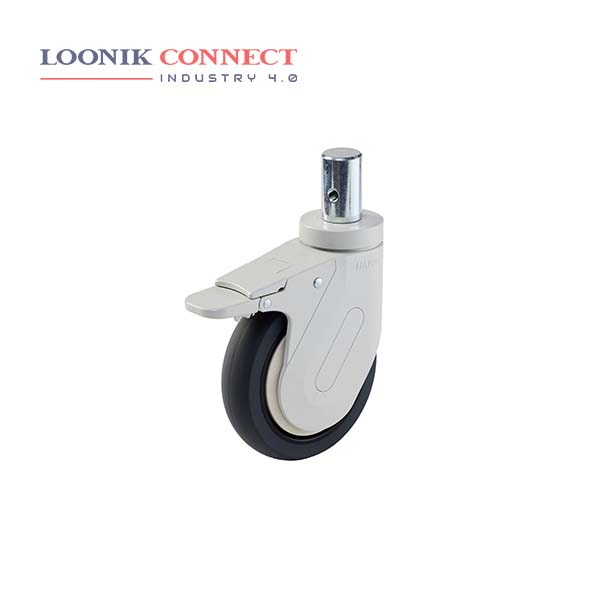Wheels can be used for transportation. For example, before the wheel was invented, people had to walk, carry very heavy things, and had to use a boat to get over seas. Now we have cars, bicycles, wagons, dollies and airplanes! In general, wheels are used for: low production costs – this is the case if we compare the prices for wheels and tracks; speed – compared with tracks, the wheels need a lower amount of torque to move on from stationary; maneuverability – the wheels provide high maneuverability compared with continuous tracks.
Increasing the amount of positive caster will increase steering effort and straight line tracking, as well as improve high speed stability and cornering effectiveness. Positive caster also increases tire lean when cornering (almost like having more negative camber) as the steering angle is increased. Positive caster improves your vehicle’s responsiveness when rounding corners and improves your vehicle’s stability when traveling at higher speeds. The only downside to positive caster is that it increases the effort it takes to steer your vehicle.
The swivel caster is designed so that the wheel in the caster can rotate 360 degrees while under load. As the center hub of the wheel revolves around the center of the swivel section it is said to “cast” in that small circle. Thus, caster! The caster angle is expressed in degrees. It can be positive or negative. A positive caster angle occurs when the upper pivot point is behind the lower point. If the upper pivot point is forward of the lower point, it creates a negative caster angle.










